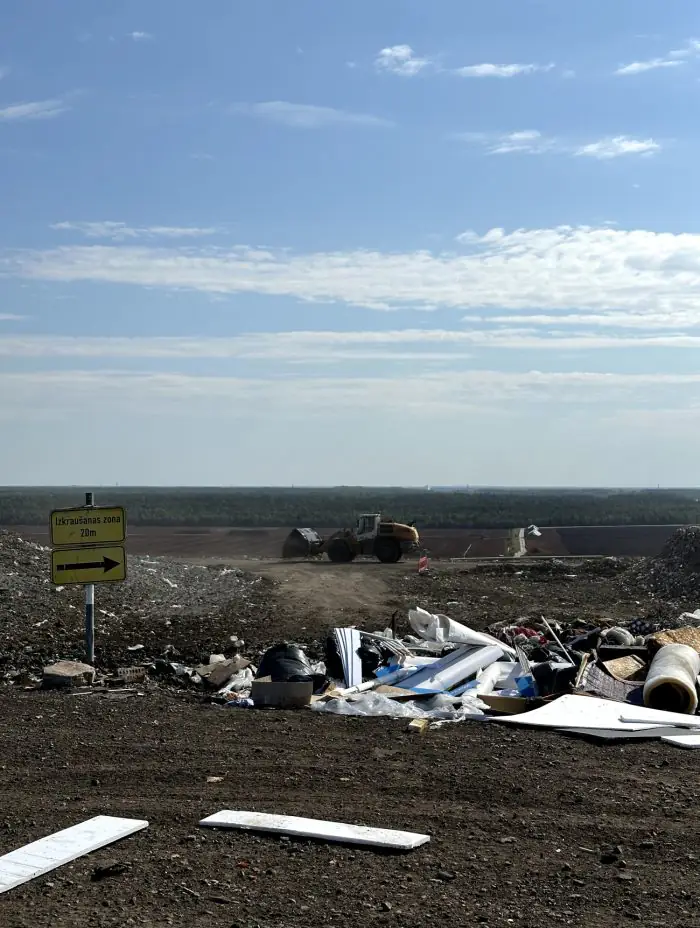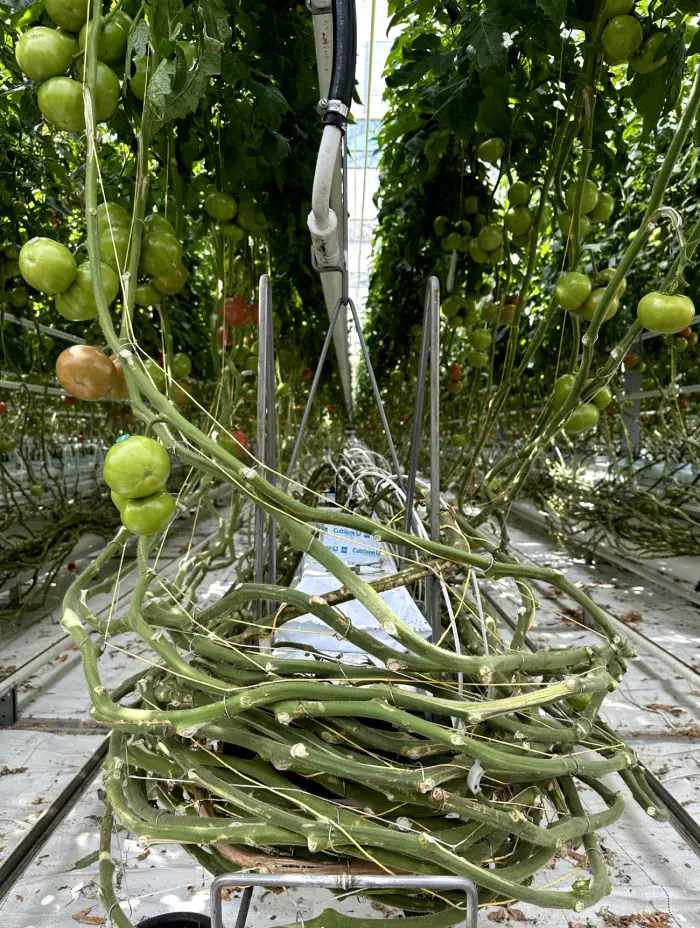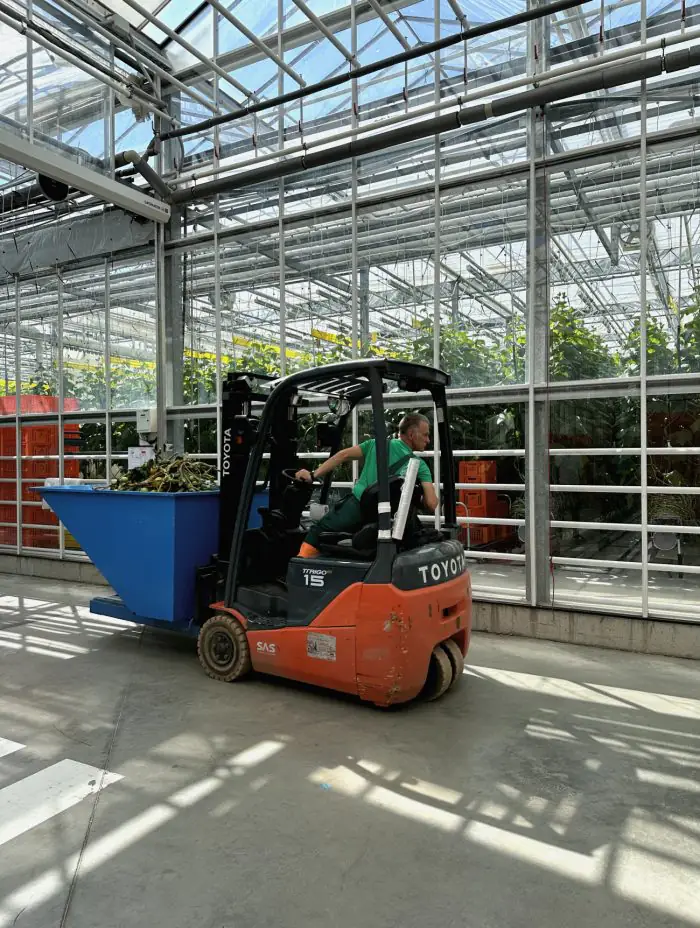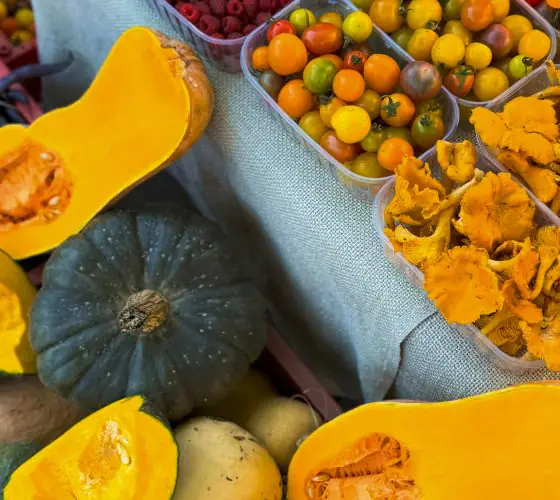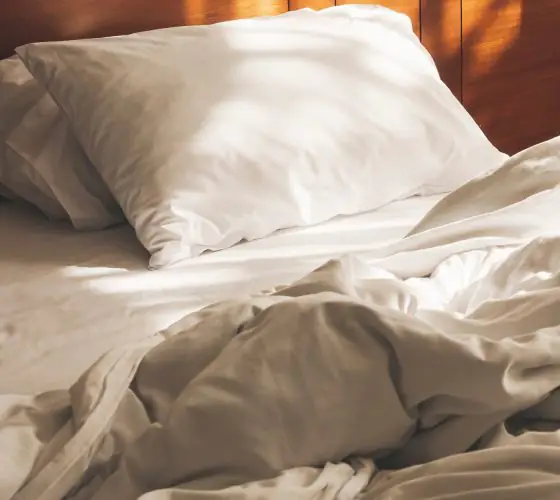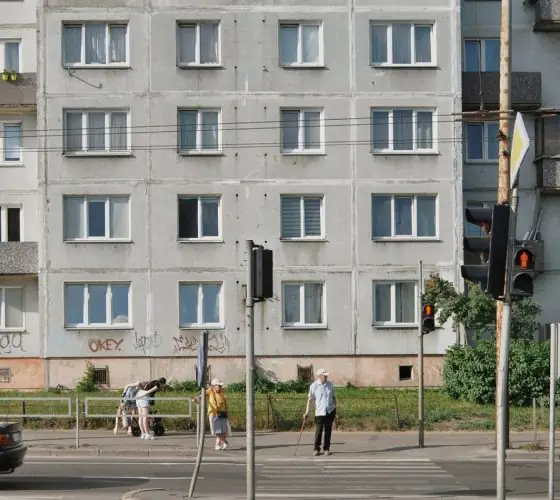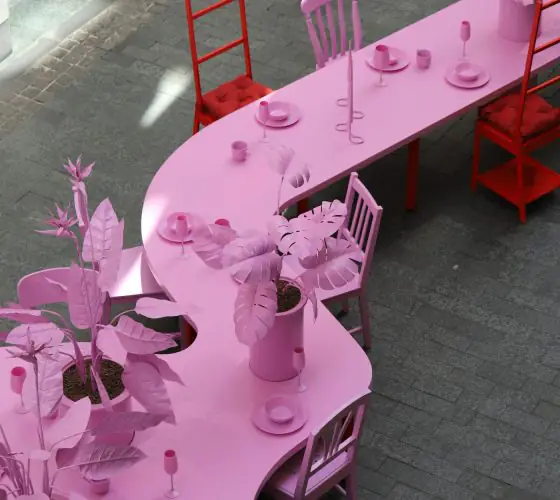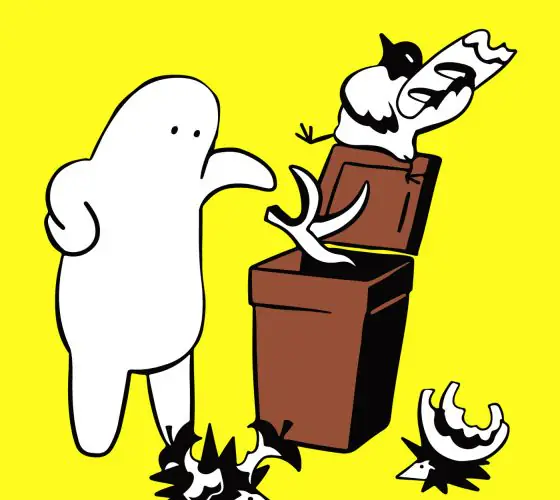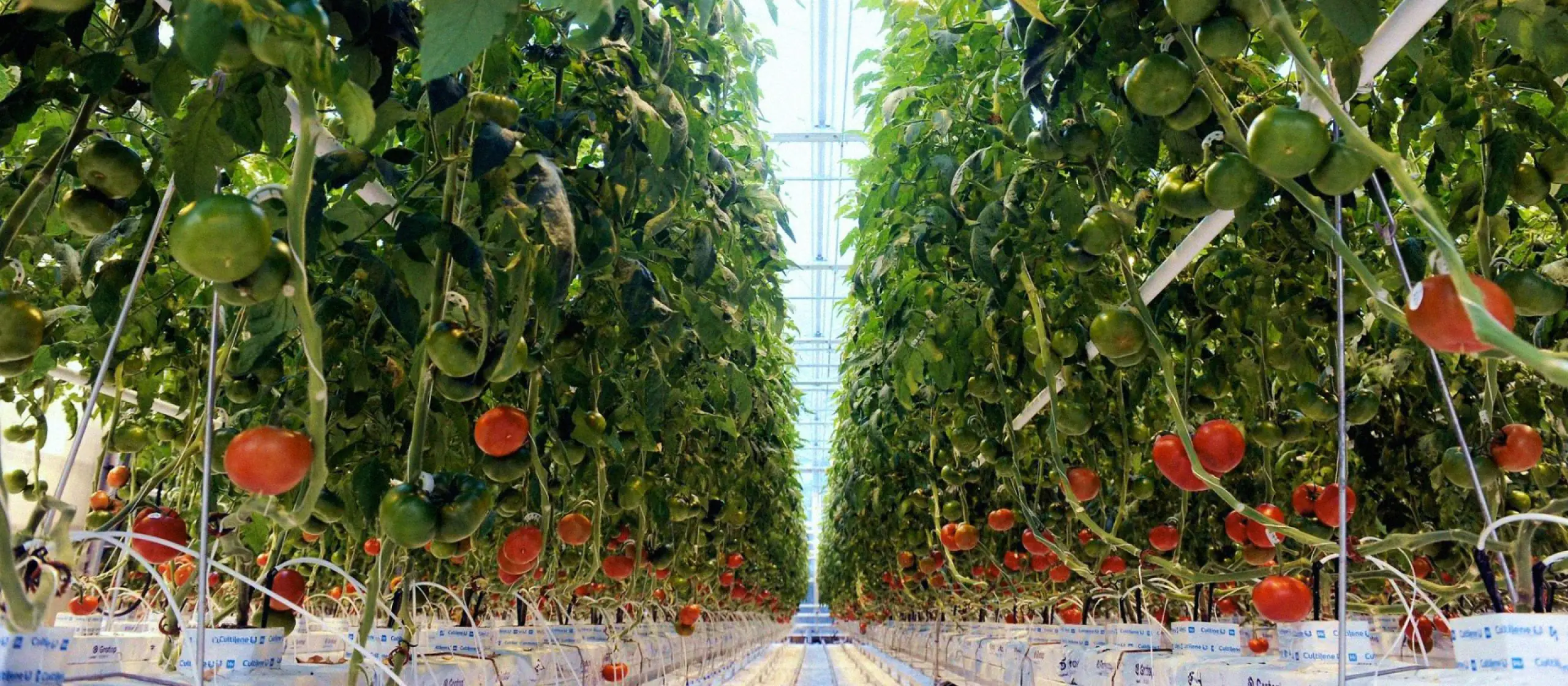
getlini.lv
Imagine: Latvia in the 1970s. There was no united system of waste disposal at that time: people just took it to wherever they could get to. That’s how landfill sites were popping up all over the country. Getlini was one of these places, only 15 kilometres from Riga.
It is not difficult to assume that over 10-15 years, most of these sites had become heavily contaminated. The situation was complicated by the fact that the dumps were mixed with different kinds of rubbish—and if biological rubbish could stay there, something had to be done about plastic bottles or machine oil.
In the early 1990s, when the country regained independence, there was a big discussion about how Latvia should deal with its rubbish. Getlini turned out to be almost the only place nearby Riga where it was possible to create a landfill—that is, a place where not just rubbish could be stored, but also where all the processes could be managed. This is how the state-owned company Getlini EKO was founded in 1997.
However, the company did not start with rubbish, but with water and energy. In the first five years of its existence, Getlini EKO built a water purification system and a system to produce biogas, which is produced by fermenting organic waste.
Another 20 years have passed since then, and during this time we have been able to learn and implement the best technologies that we have borrowed from advanced European countries. In essence, the employees of Getlini EKO has spent 25 years of its existence looking for an answer to one global question, “How do you get value out of rubbish?”
The journey from rubbish to tomato
There is a clear way: to obtain biogas from rubbish, and from biogas—electricity and heat. But there is an open question: where to direct this heat, preferably with minimal heat loss. We found a rather creative way: to build greenhouses and plant tomatoes and cucumbers.
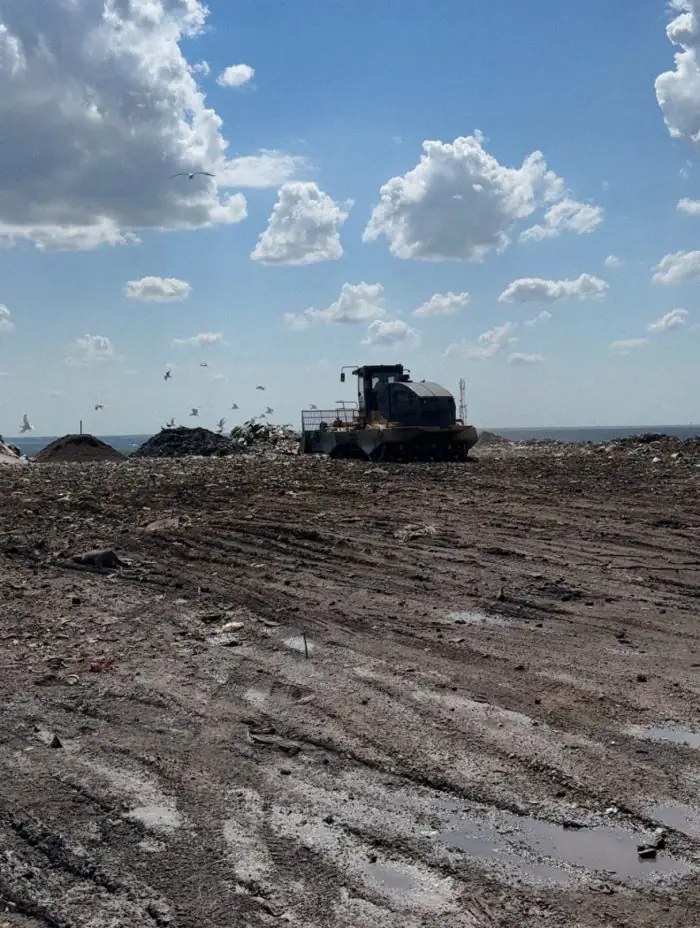
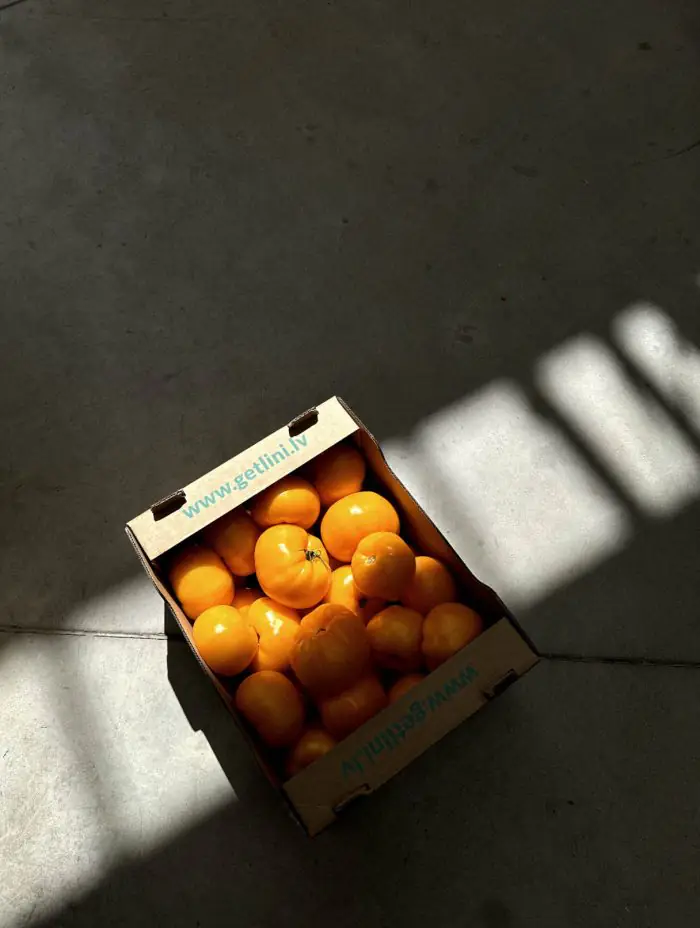
Back then, in 2010, few people would have imagined that greenhouses could be part of a public landfill. It’s pretty funny, but even now, almost 15 years later, some people think our vegetables are growing right there in the landfill. That’s certainly not the case.
We explain that there is a long way from rubbish to tomato: rubbish—biogas—electricity—heat in the greenhouse—and only then tomato.
We have never once regretted coming up with the whole greenhouse thing. The big plus here is that we can produce vegetables in winter time, unlike greenhouses, which are not heated. We can grow tomatoes and cucumbers even if it’s -20 outside.
The main thing we realise now is that people really like our vegetables. We do not use artificial chemical fertilisers to grow them. We also don’t pick tomatoes before they are ripe. This is often done in the industry—a tomato can ripen on its own, but it won’t be as tasty as when it’s red on the branch.
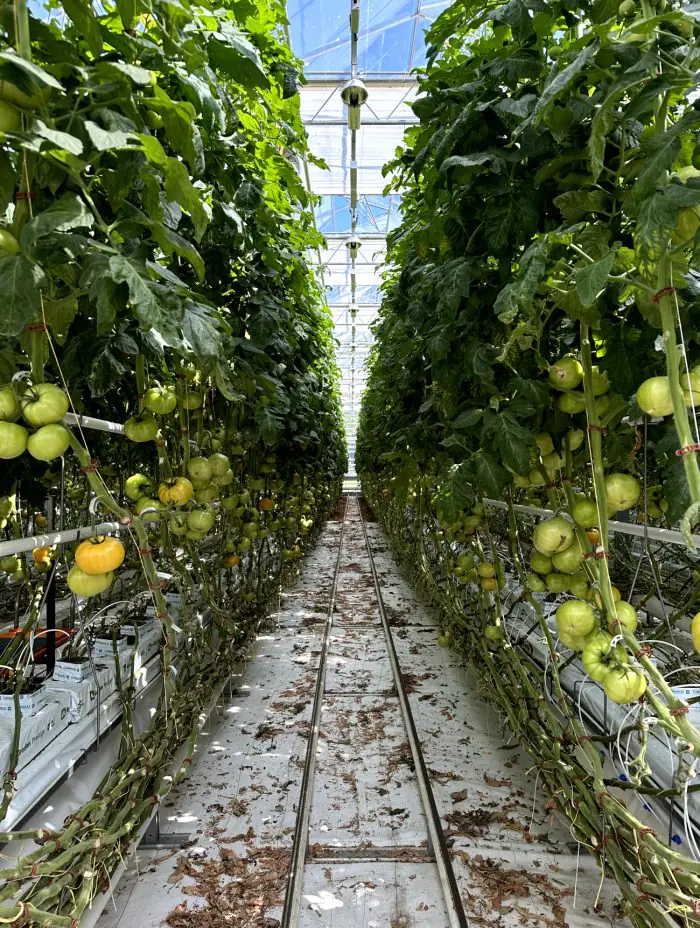
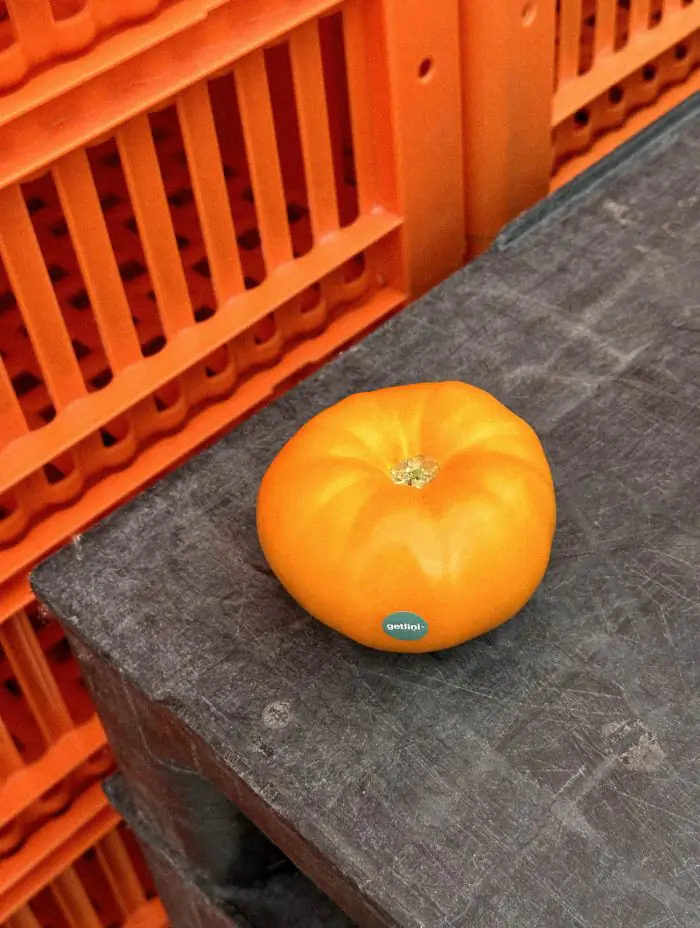
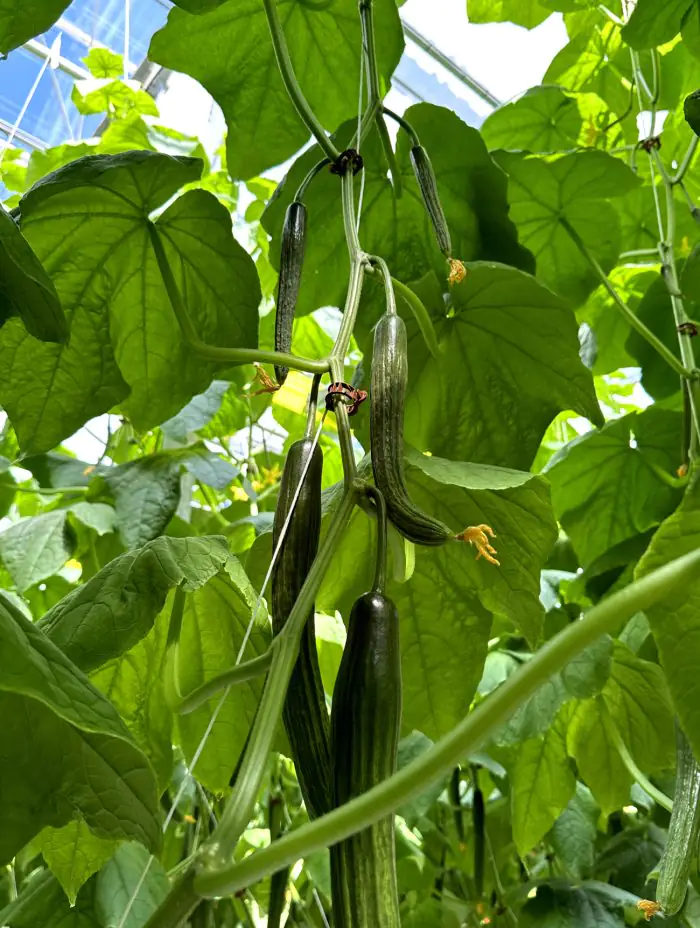
If you haven’t tried it yet: Getlini tomatoes and cucumbers are sold in almost every chain supermarket in Latvia.
The nuances of rubbish
Rubbish from 10 municipalities of the country is brought to our landfill, in fact, we receive half of Latvia’s rubbish.
Of the total mass, 30-40% is biological waste. For this part of the rubbish we have created a system of biowaste processing: we make compost, biogas—and then you already know.
We sort recyclable rubbish – we have a whole recycling centre for this purpose. And this is where difficulties can arise.
In Latvia, unlike some other European countries, there is no “collective responsibility” for rubbish. And it is clear why: here you will not get a fine if you throw a glass jar or batteries into a paper bin. Many people living in apartment buildings are not used to sorting garbage or—at best—are used to thinking only about the garbage that is generated in their apartment. Nevertheless, they may not sort it very carefully. However, when the garbage goes into the common container of the building, it is the responsibility of all residents.
For example, if someone threw a banana peel or vegetable oil residue into the paper waste container, it is no longer dry paper, but wet paper. And it’s difficult to recycle it. People still don’t fully understand the nuances and necessity of proper waste sorting, so an important part of our work is to educate and to raise awareness.
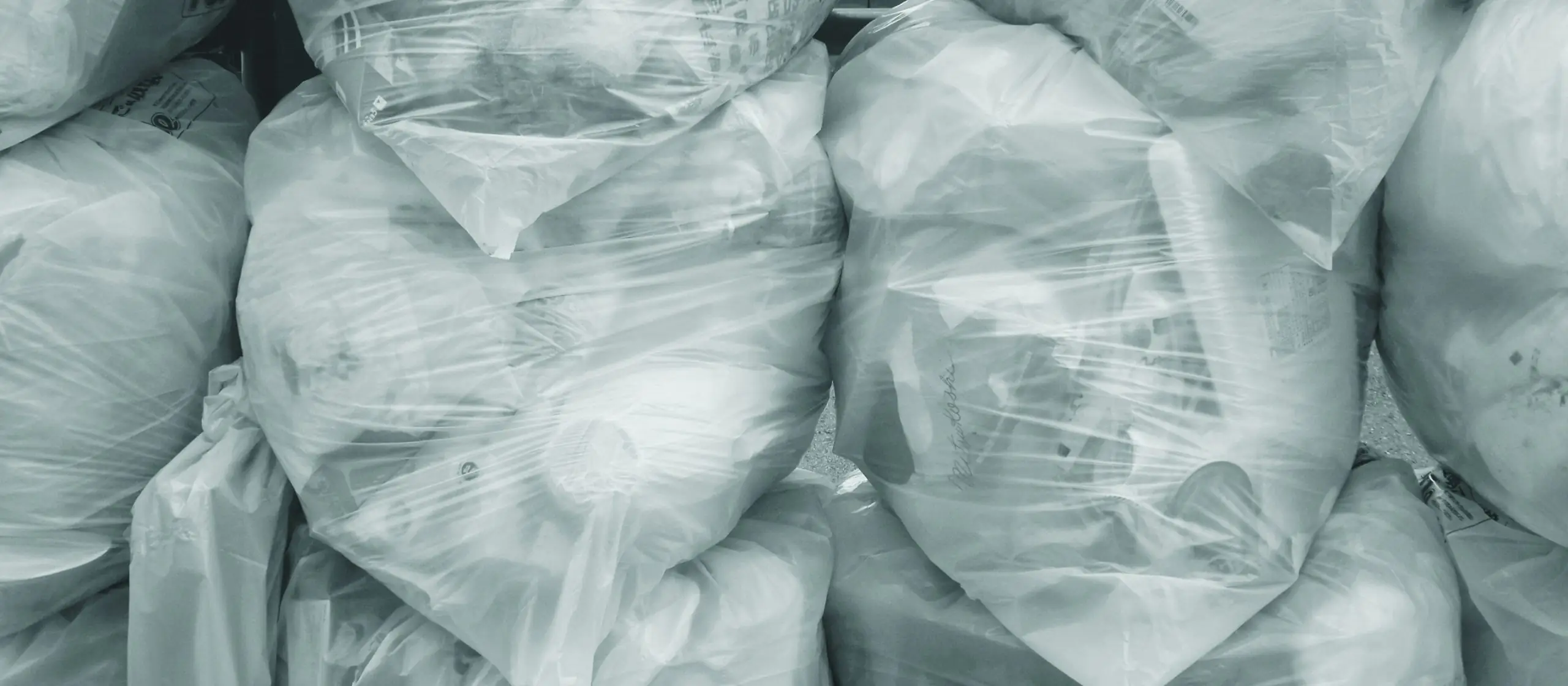
Why it’s important to invite visitors
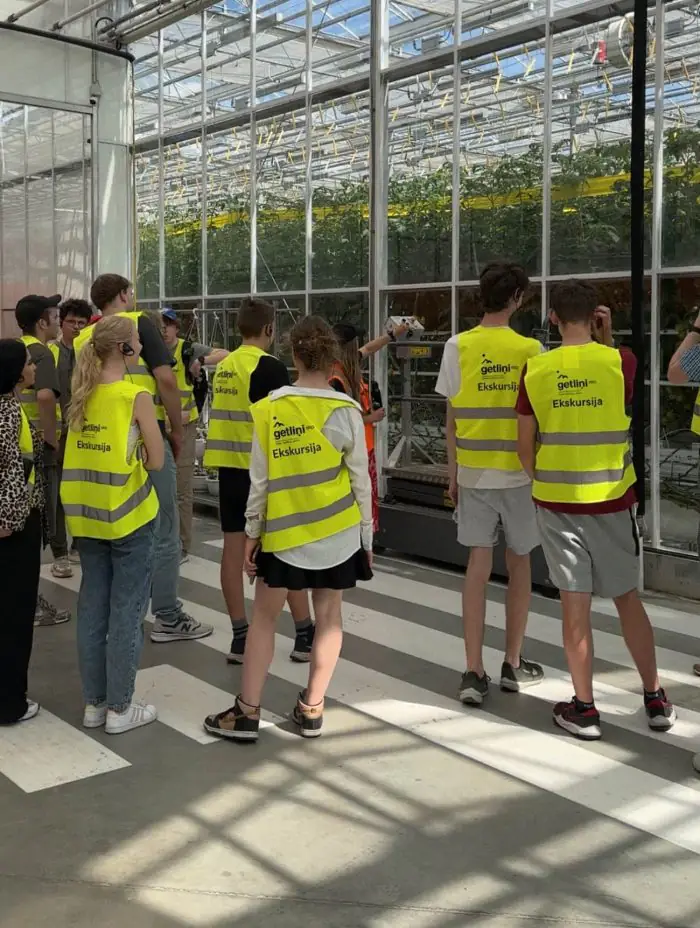
Today, Getlini EKO employs around 130 people. An interesting fact is that we have a lot of people who have been working here since the foundation, i.e. for more than 25 years. Engineers, mechanics, lawyers, gardeners, drivers, financiers, managers, renovation managers—in general, we have a small town here. In the summer time we are helped by student volunteers.
We have free live meetings and guided tours every day—sign-ups are usually a couple of months in advance. It’s important for us to be accessible for everyone and host visitors here to show as many people as possible how landfill and their bin at home are connected. It’s important for us to say that if we can all keep the amount of non-recyclable rubbish to a minimum (in Europe this figure is 10% of total rubbish), we won’t need to build any more new landfill sites.
Every year, 8,000 people from all over the world come to visit us. Most of our visitors are schoolchildren and students, but we also organise excursions for company employees, foreign delegations and others interested in the topic. At the same time, we don’t have the same excursions for everyone: we realise that it is important to tell children, teenagers and adults about environmental issues in different ways for each of the groups in the most understandable way—through games and quizzes, showing the processes, telling the history of landfill, etc.
Does it work? Of course it does. Something switches in people’s minds when they see a huge hill of rubbish with their own eyes, rather than watching a film or receiving a leaflet from a nature protection organisation. Although all measures have a place.
